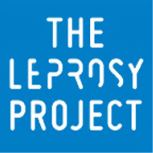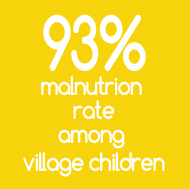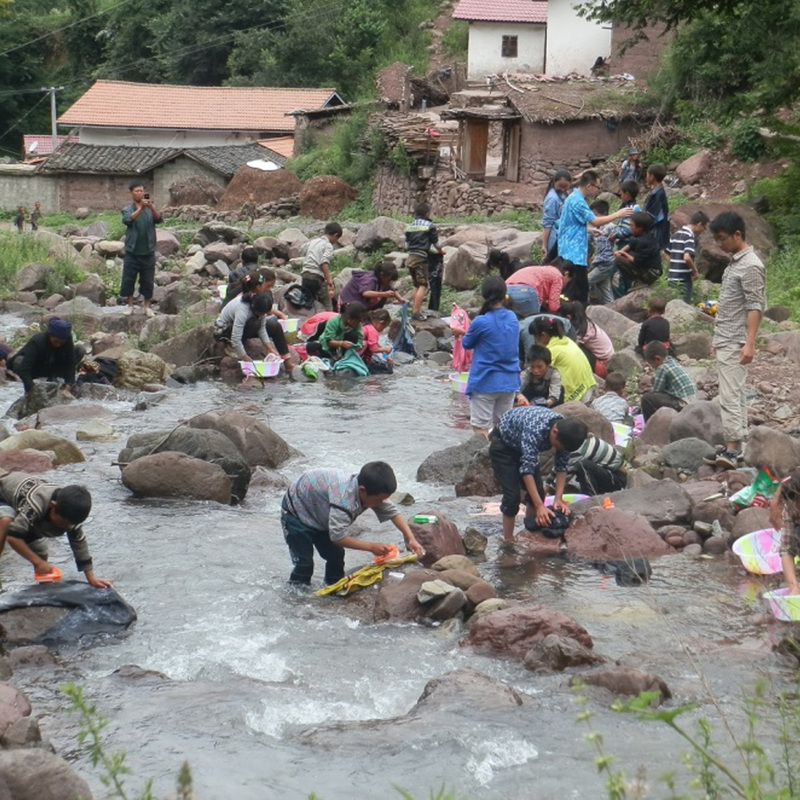|
Nutrition and Hygiene
Though The Project has been focused on the treatment and rehabilitation of the leprosy patients, during village visits medical staff observed that many of the children are small for their age and that hygiene standards are extremely poor. In 2012 The Leprosy Project conducted a survey of children’s growth in seven of the villages. Based on the survey, over 93%, of the children in these villages suffer from acute or chronic malnutrition. According to the World Health Organization, “Severe malnutrition is both a medical and social disorder, successful management of these severely malnourished children requires that medical and social problems be recognized and corrected.” The Leprosy project has developed a strategic plan to tackle the immediate problem of malnutrition as well as a long term plan to improve food security, knowledge of good nutrition, sanitation and hygiene. The Leprosy Project has secured initial funding to provide:
In addition to the nutrition program The Project continues to
|





